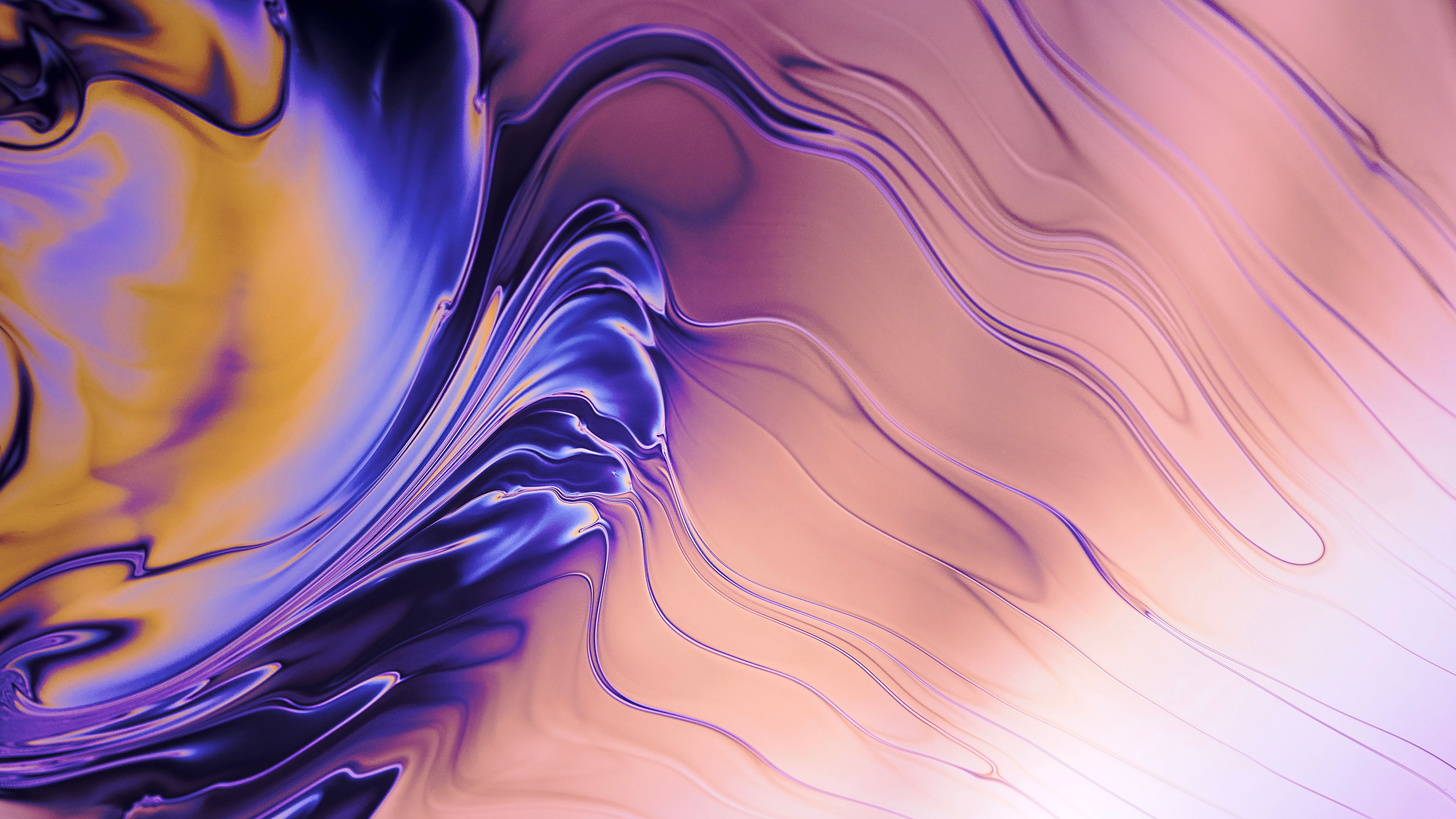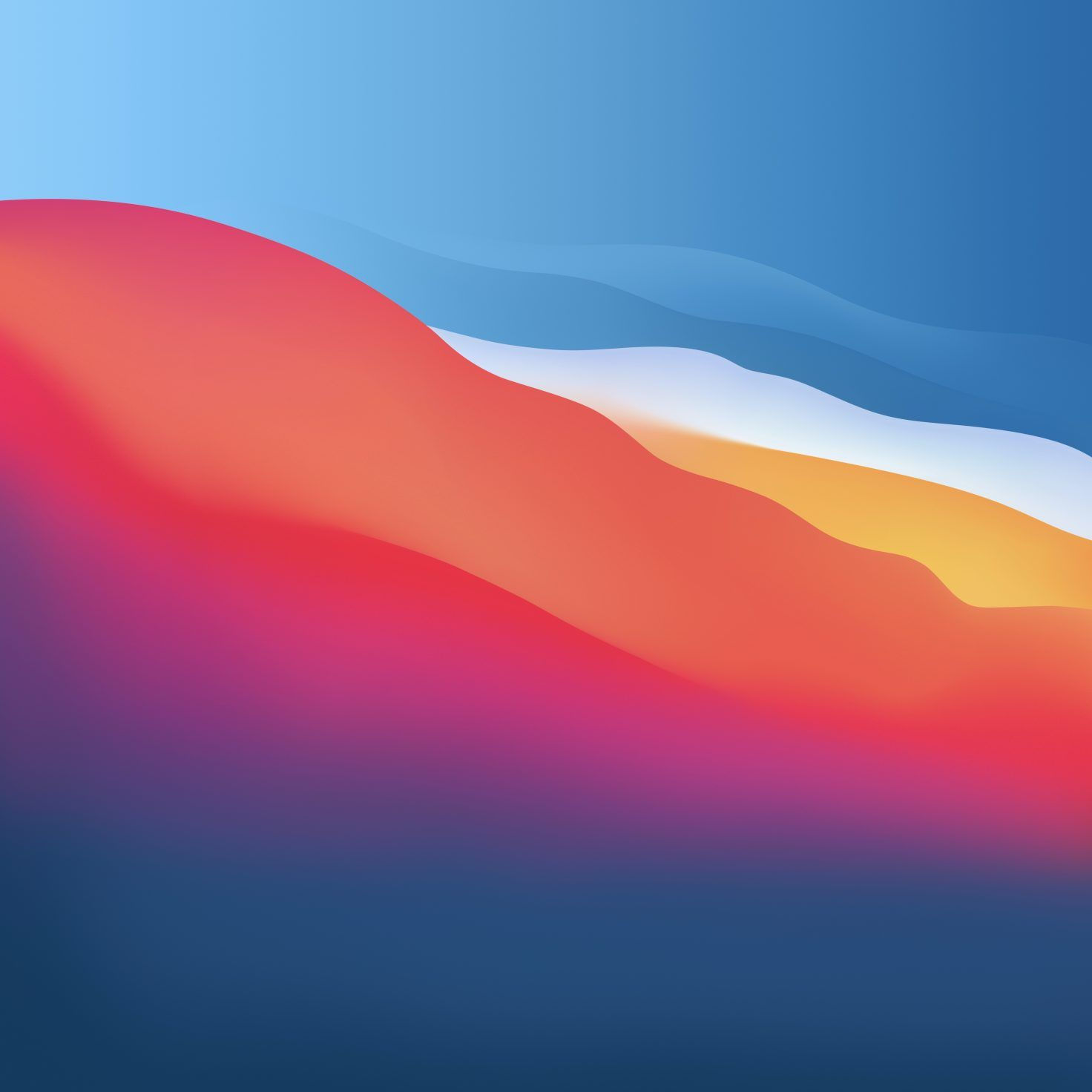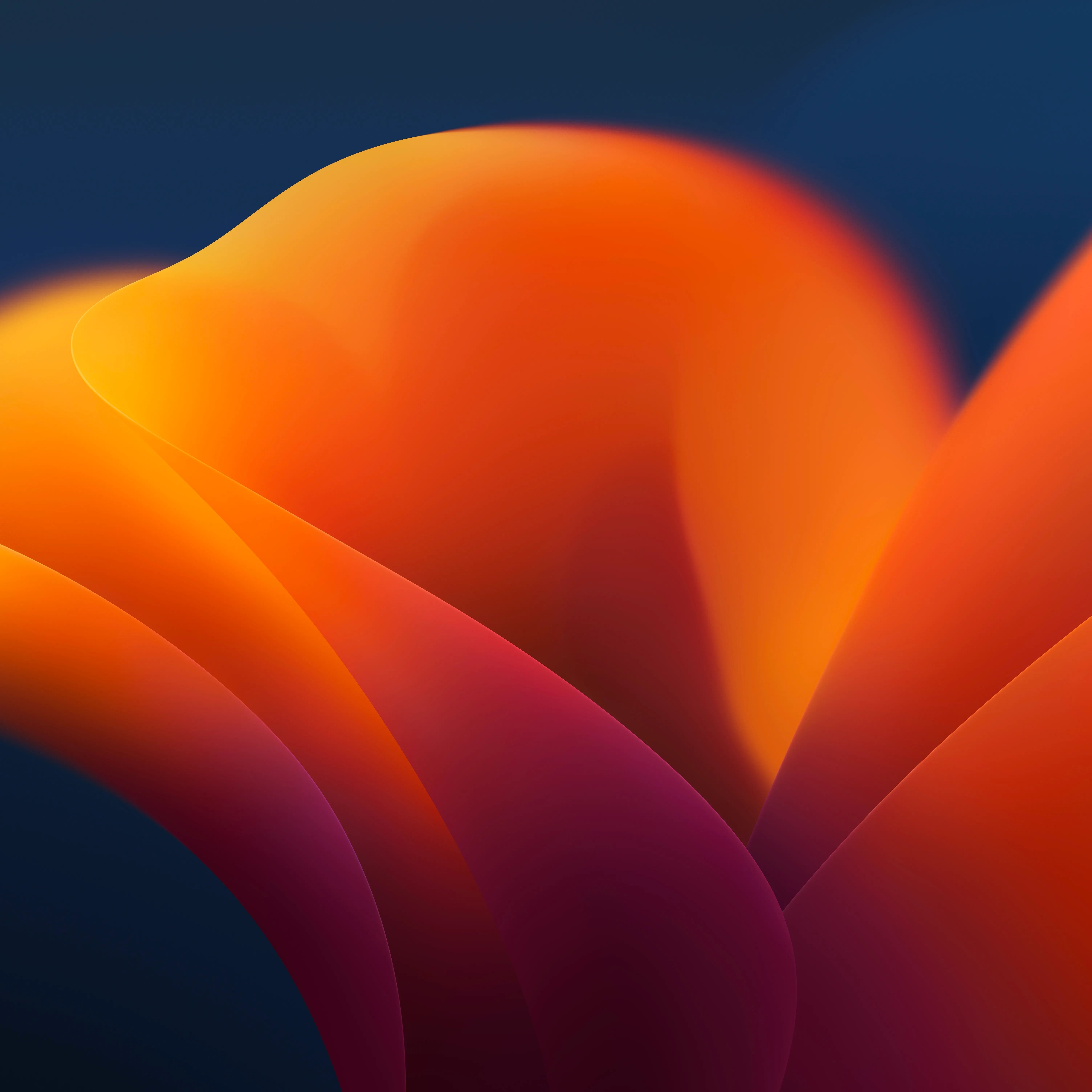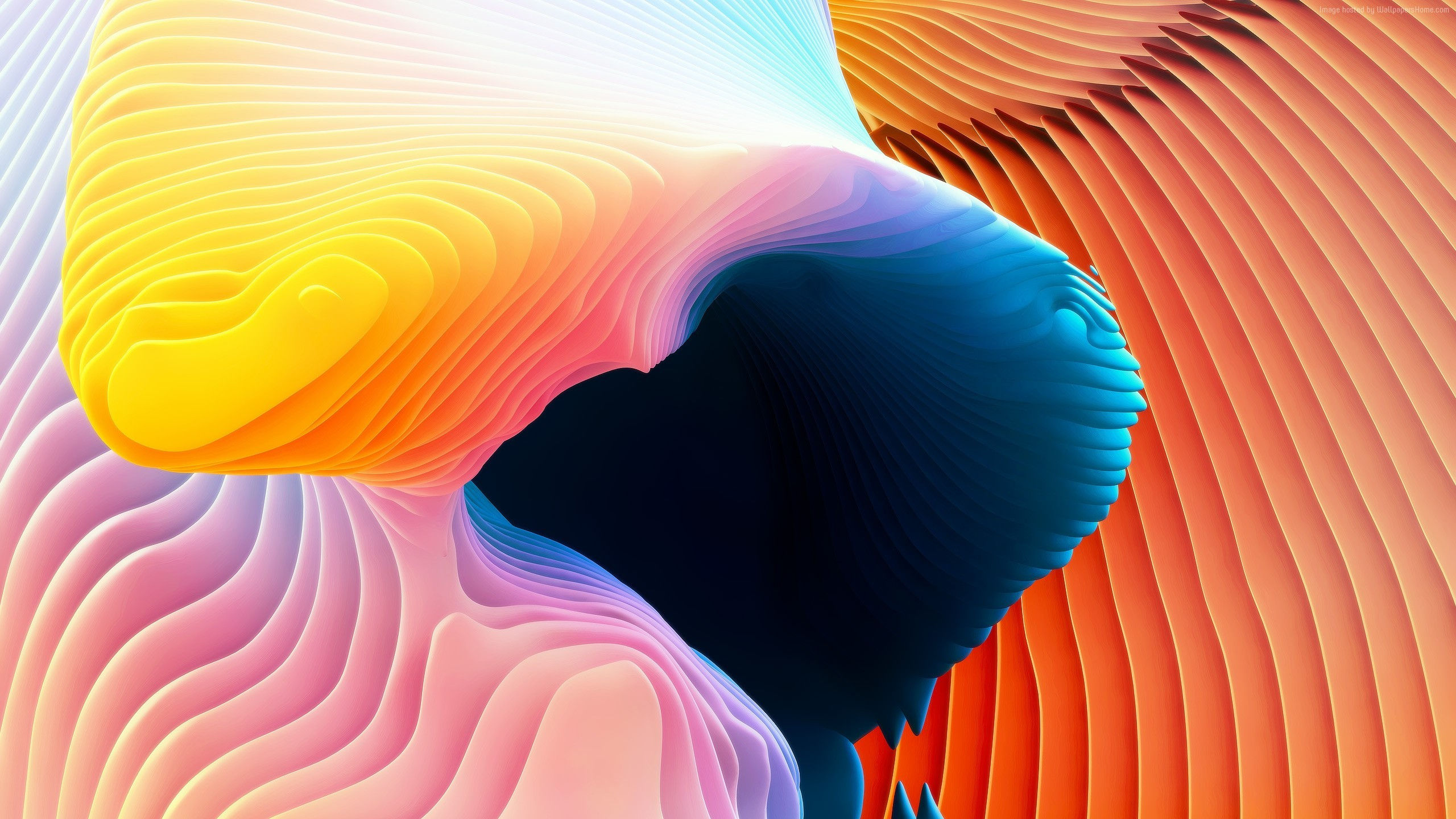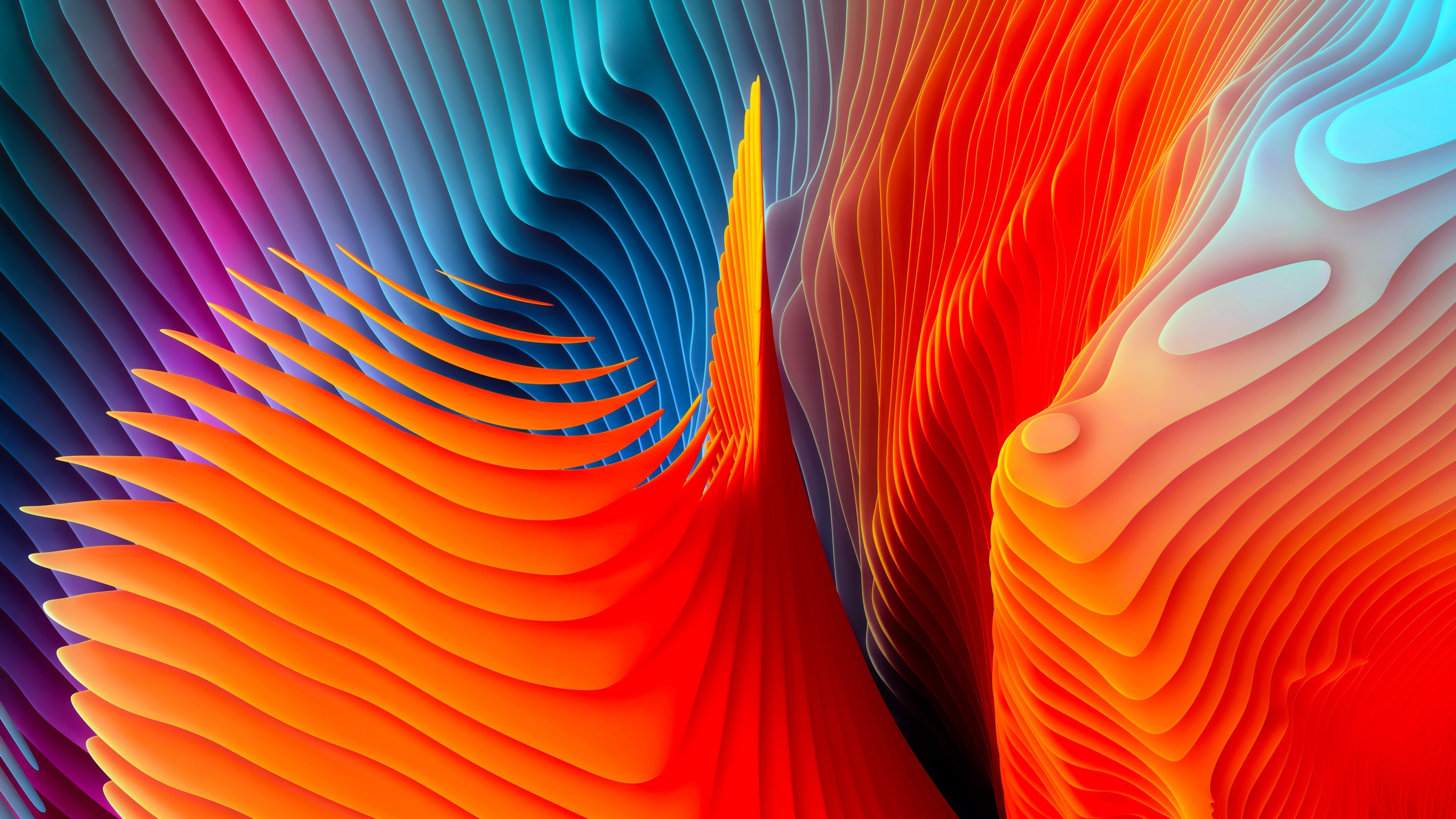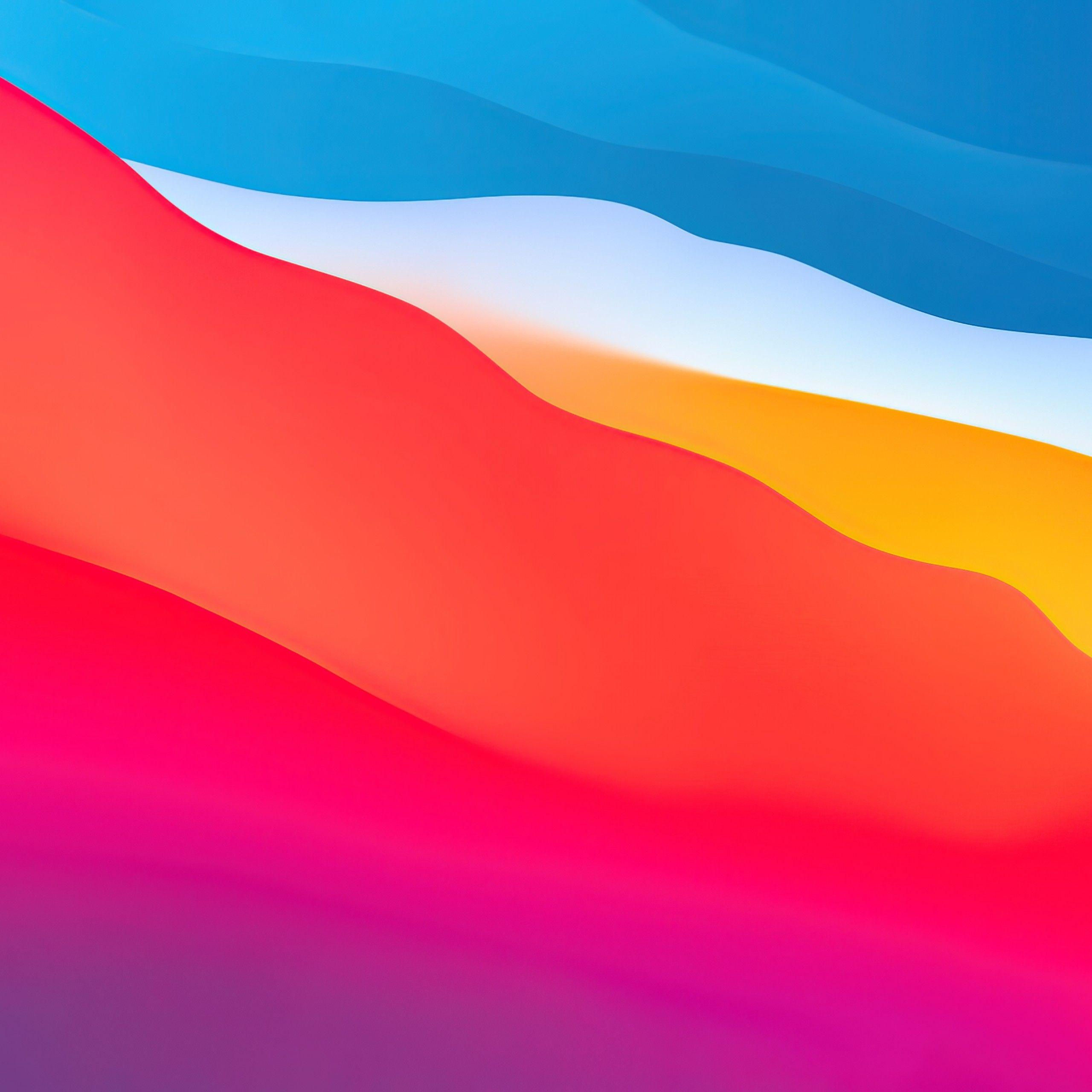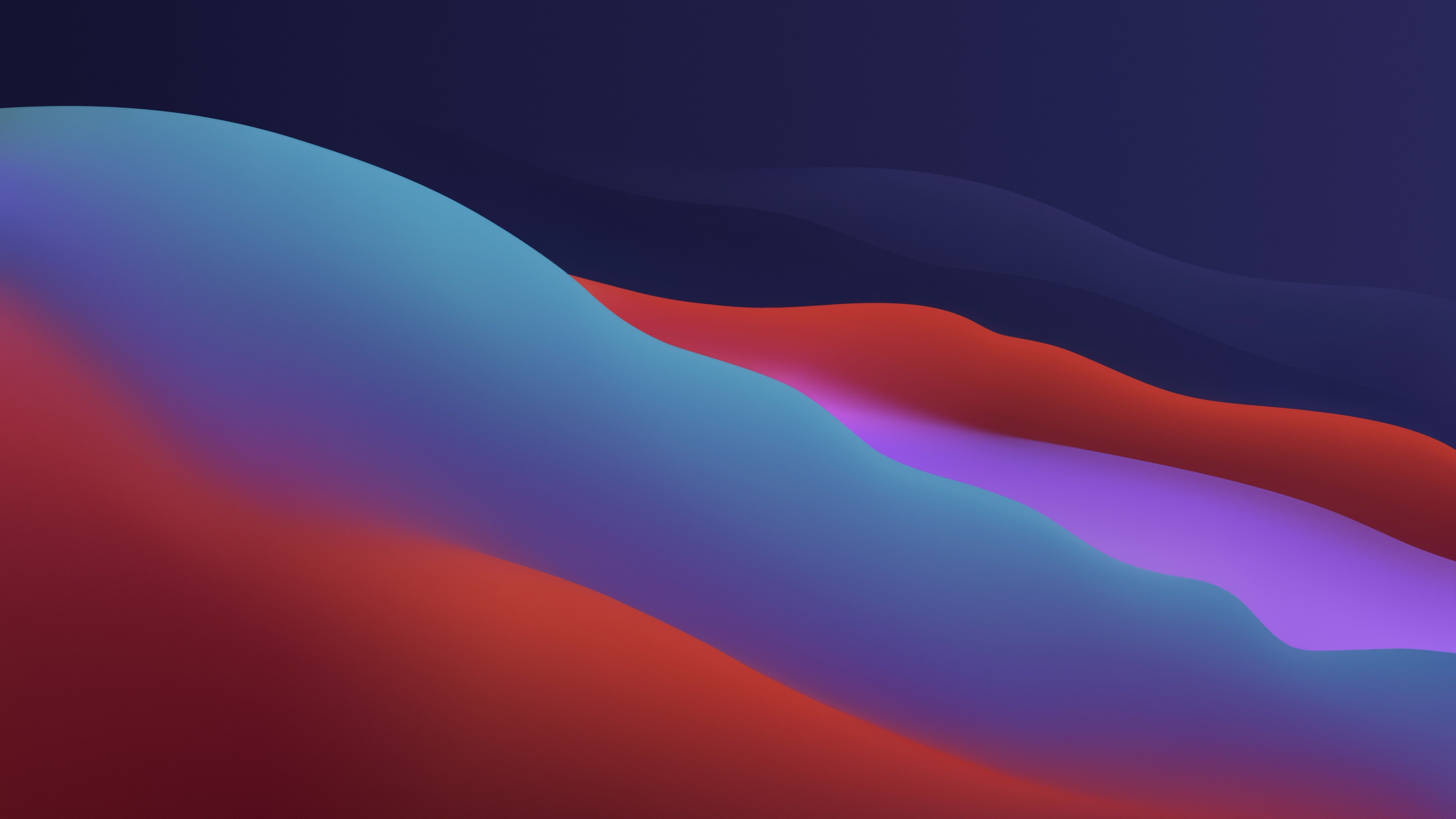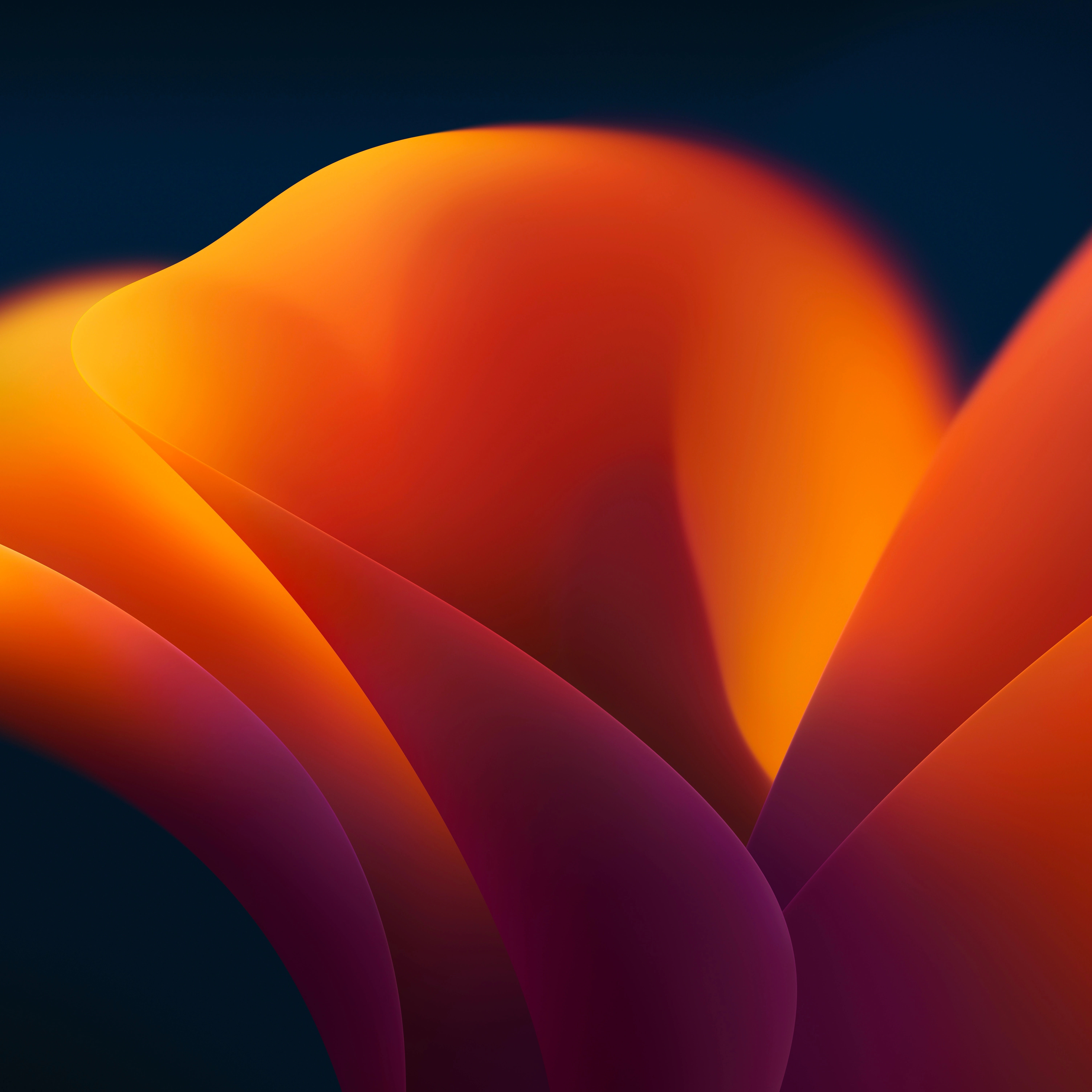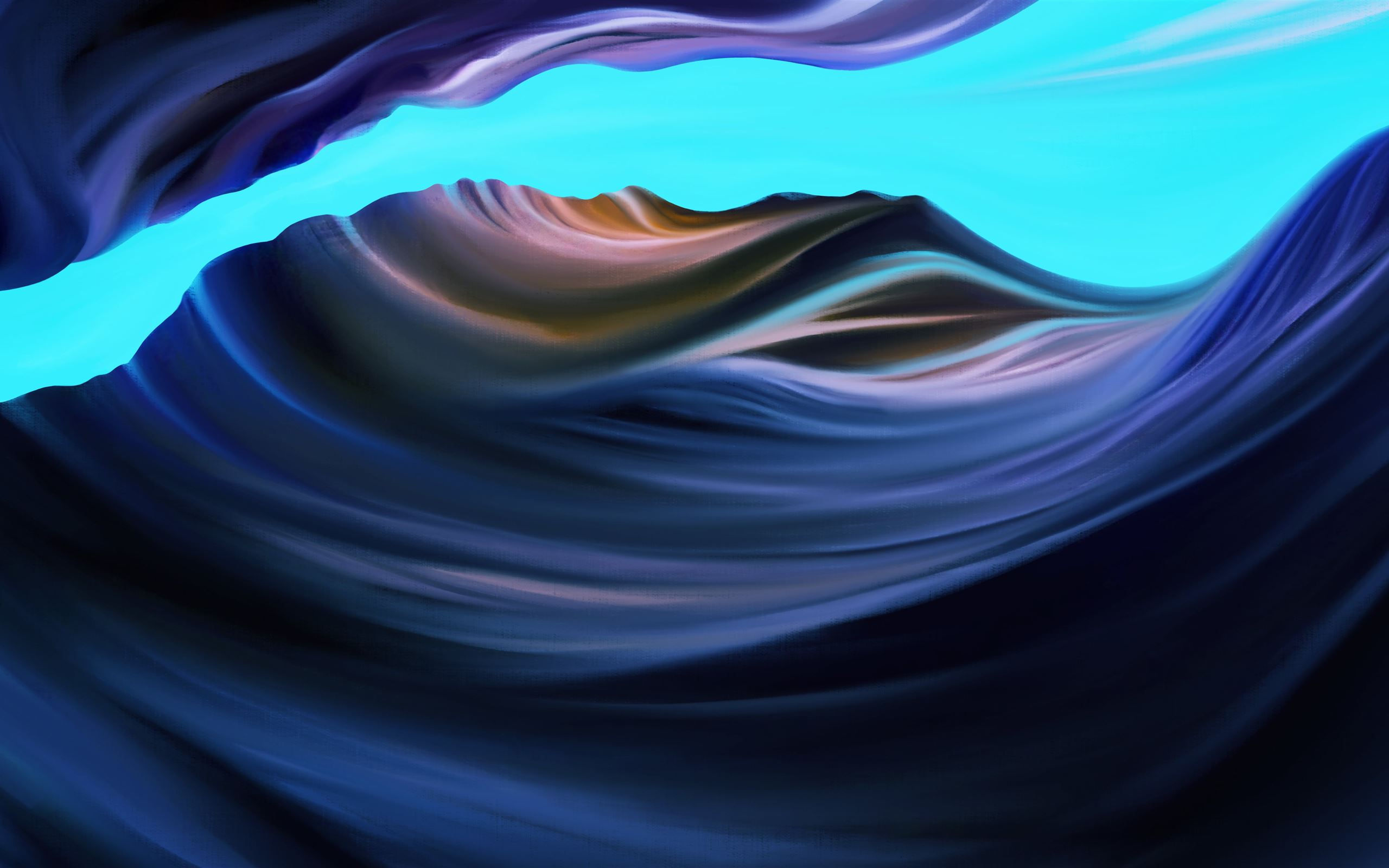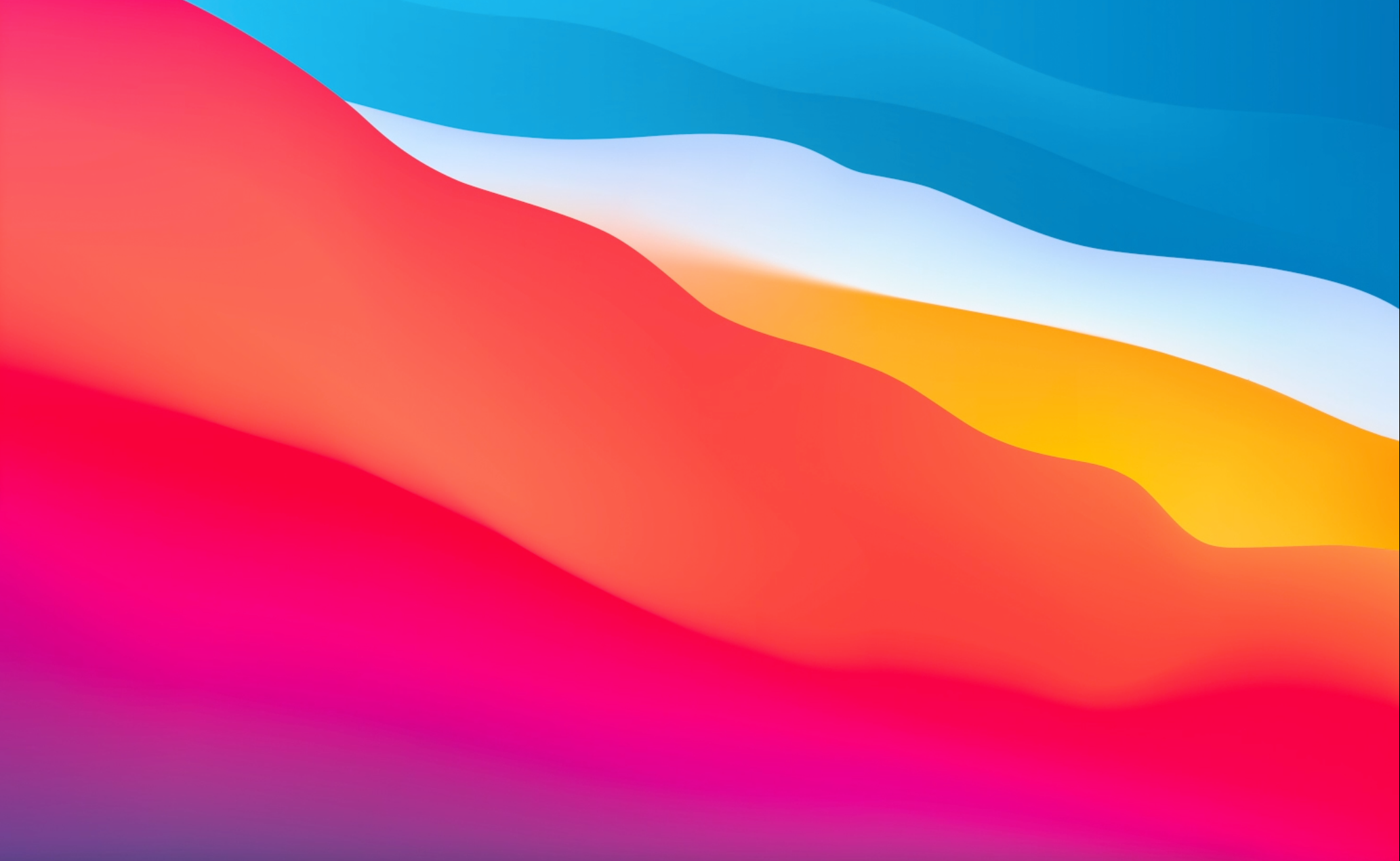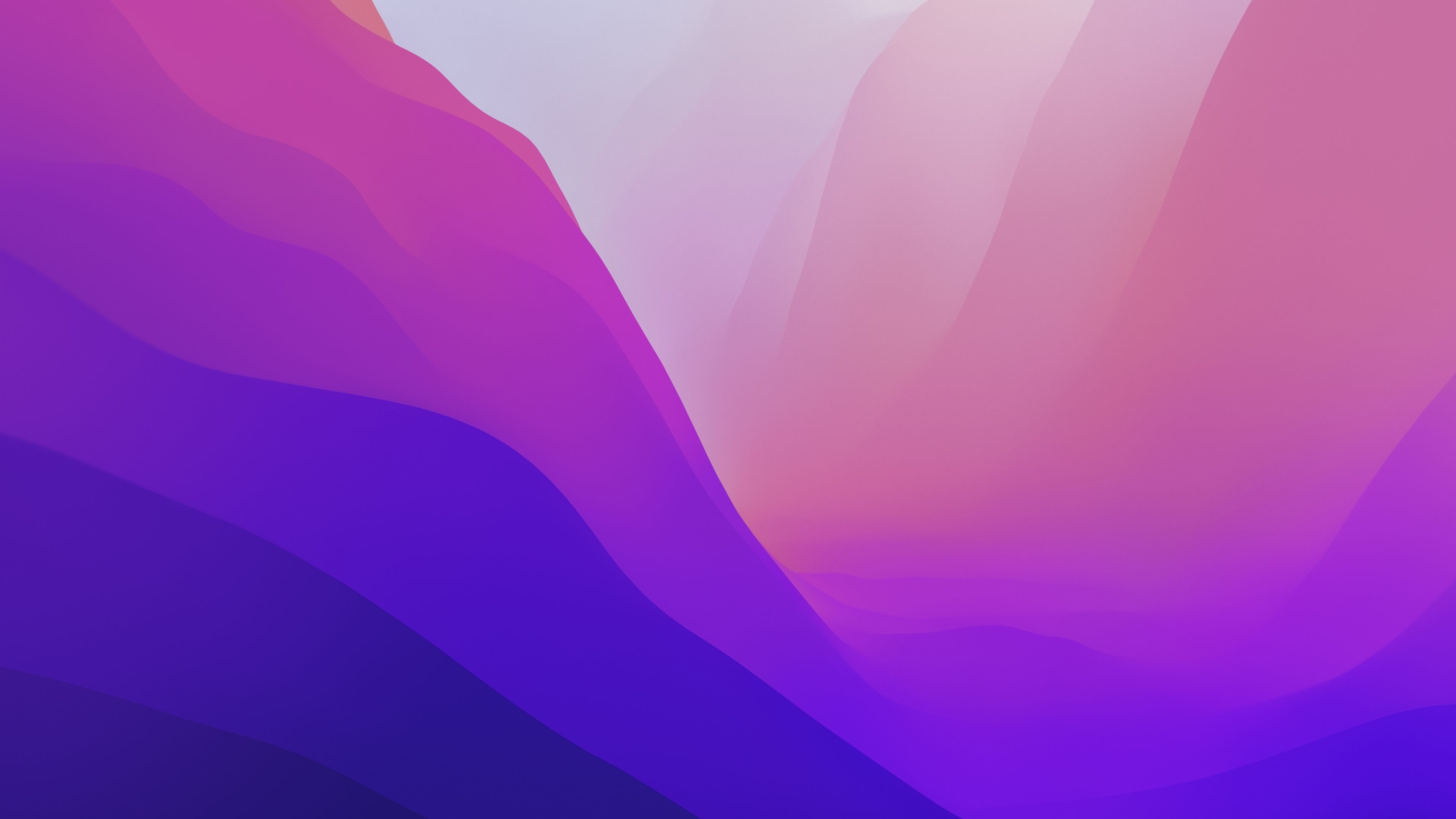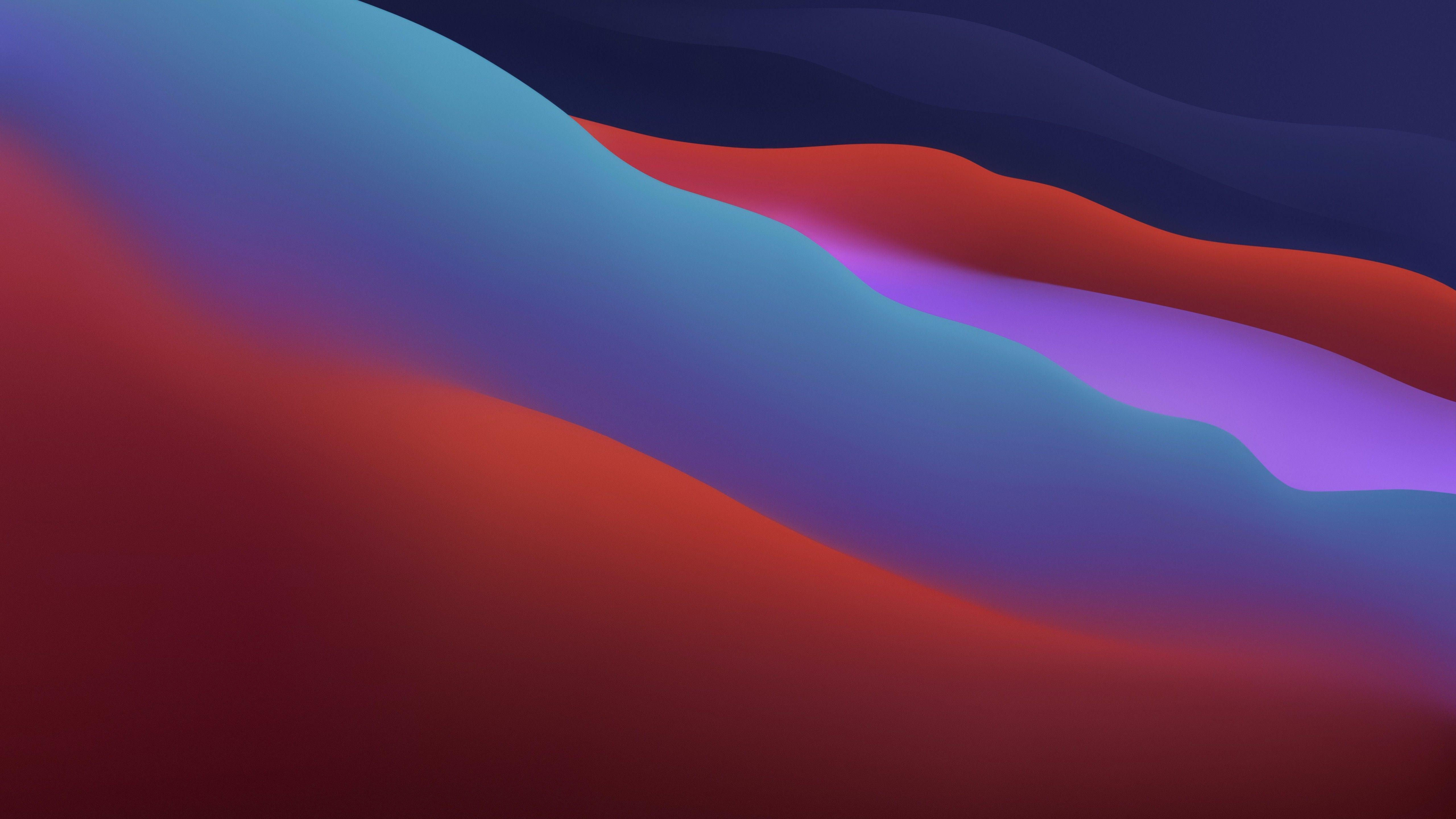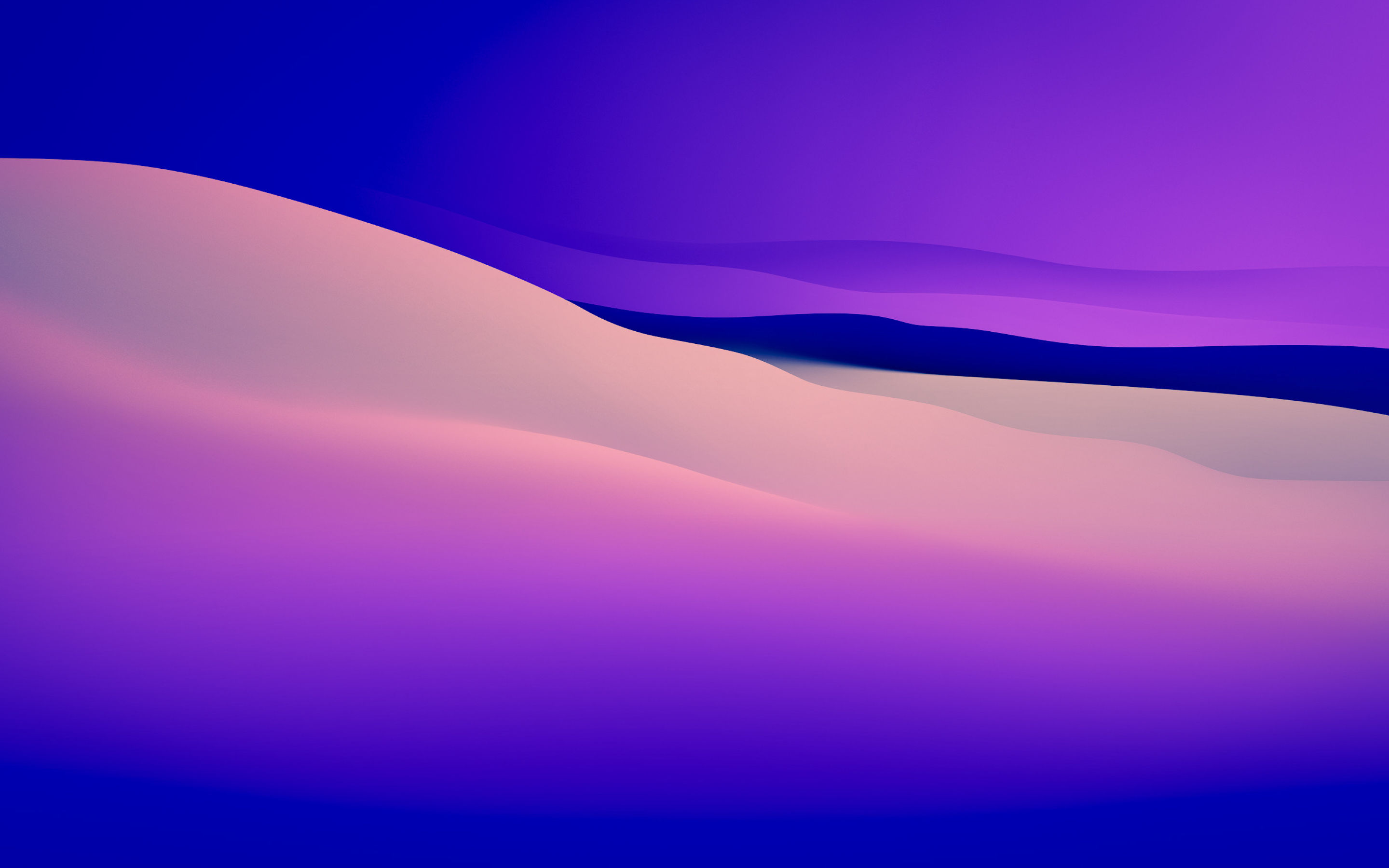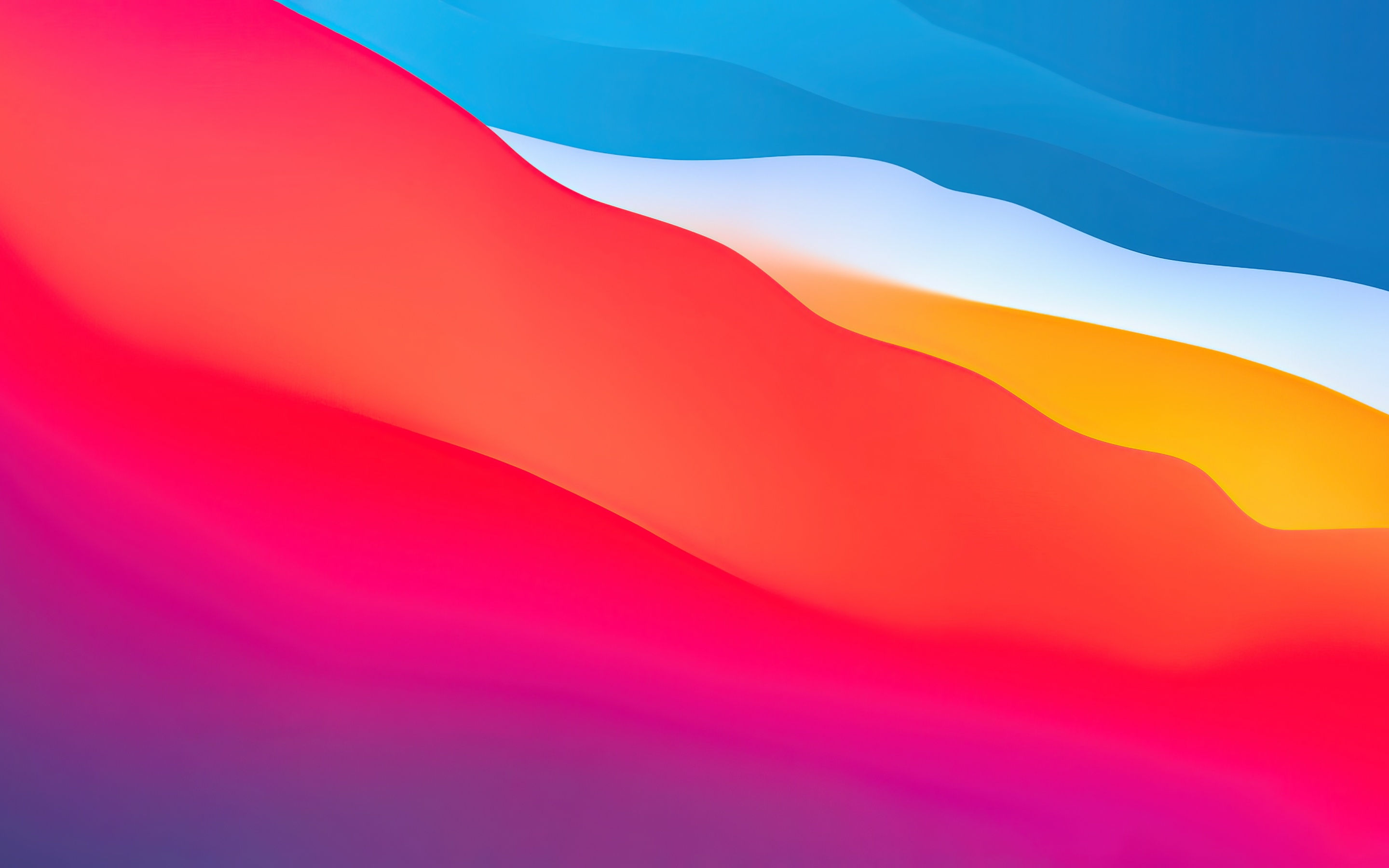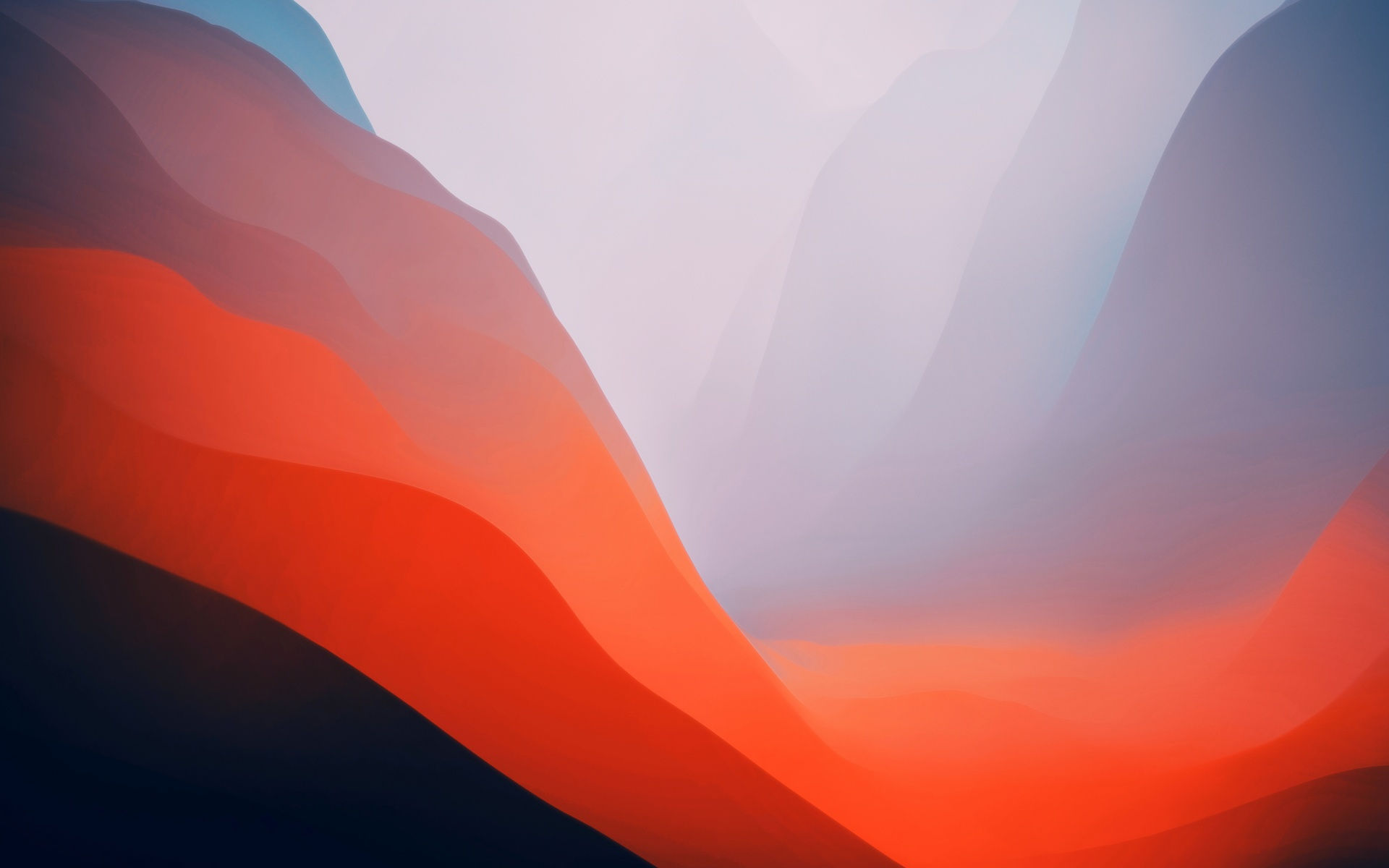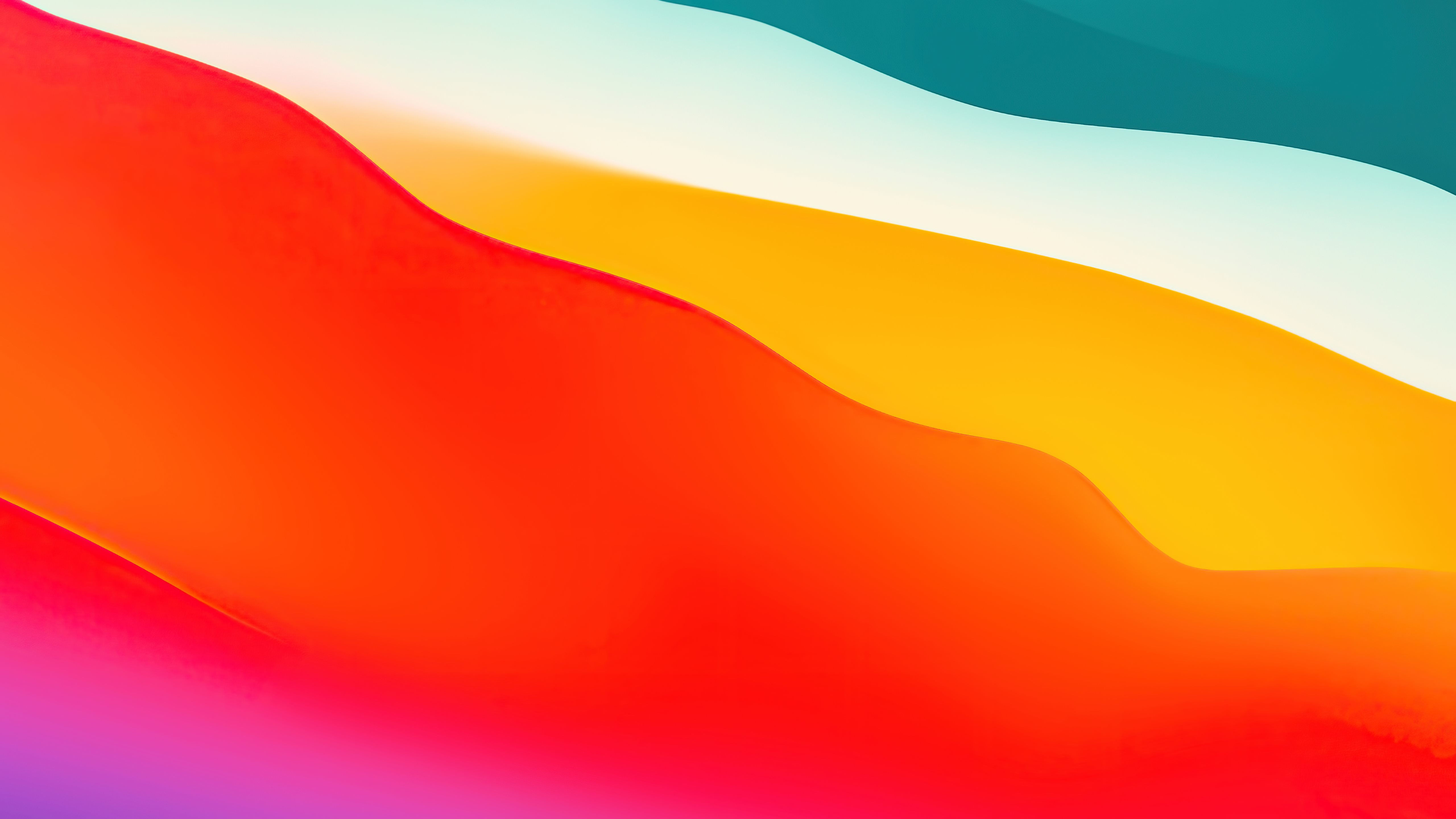The Power of Color in Design
Color is one of the most important elements of design. It can be used to create a mood, convey a message, and even influence our behavior.
When used effectively, color can make a design more visually appealing, easier to understand, and more memorable. It can also be used to create a sense of hierarchy and order.
In this blog post, we'll explore the power of color in design and how you can use it to create more effective designs.
The Psychology of Color
Color has a powerful impact on our emotions and behavior. Different colors can evoke different feelings and associations.
For example, red is often associated with passion, love, and danger. Blue is often associated with calmness, serenity, and trust. Green is often associated with nature, growth, and money.
When you're designing, it's important to be aware of the psychology of color and how it can affect your audience. You can use color to create the desired mood or atmosphere for your design.
Color Theory
Color theory is the body of knowledge that deals with the relationships between colors. It can be used to create harmonious color schemes and to understand how colors interact with each other.
There are a number of different color theories, but the most common one is the traditional color wheel. The color wheel is a circular diagram that shows the relationships between the different colors.
The color wheel is divided into 12 sections, each of which contains a different color. The colors are arranged in a way that shows how they relate to each other.
For example, the colors that are next to each other on the color wheel are considered to be analogous colors. Analogous colors are colors that share a common hue.
The colors that are opposite each other on the color wheel are considered to be complementary colors. Complementary colors are colors that create a strong contrast when they're placed next to each other.
Using Color in Design
When you're using color in design, there are a few things to keep in mind.
First, consider the overall mood or atmosphere that you want to create. What feeling do you want your design to evoke?
Once you know the mood that you want to create, you can start to choose colors that will help you achieve that goal.
For example, if you want to create a calming and serene design, you might use blue and green colors. If you want to create a more energetic and exciting design, you might use red and orange colors.
Second, consider the context of your design. What is the purpose of the design? Who is the audience?
The context of your design will help you determine which colors are appropriate.
For example, if you're designing a website for a children's toy store, you might use bright and cheerful colors. If you're designing a website for a law firm, you might use more muted and conservative colors.
Finally, don't be afraid to experiment with color. There are no right or wrong answers when it comes to using color in design. The best way to learn is to experiment and see what works for you.
Conclusion
Color is a powerful tool that can be used to create more effective designs. By understanding the psychology of color and the principles of color theory, you can use color to create designs that are visually appealing, easy to understand, and memorable.
So next time you're designing something, take some time to think about the colors that you're using. How will those colors affect your audience? What message do you want to convey?
By using color effectively, you can create designs that are both beautiful and effective.
